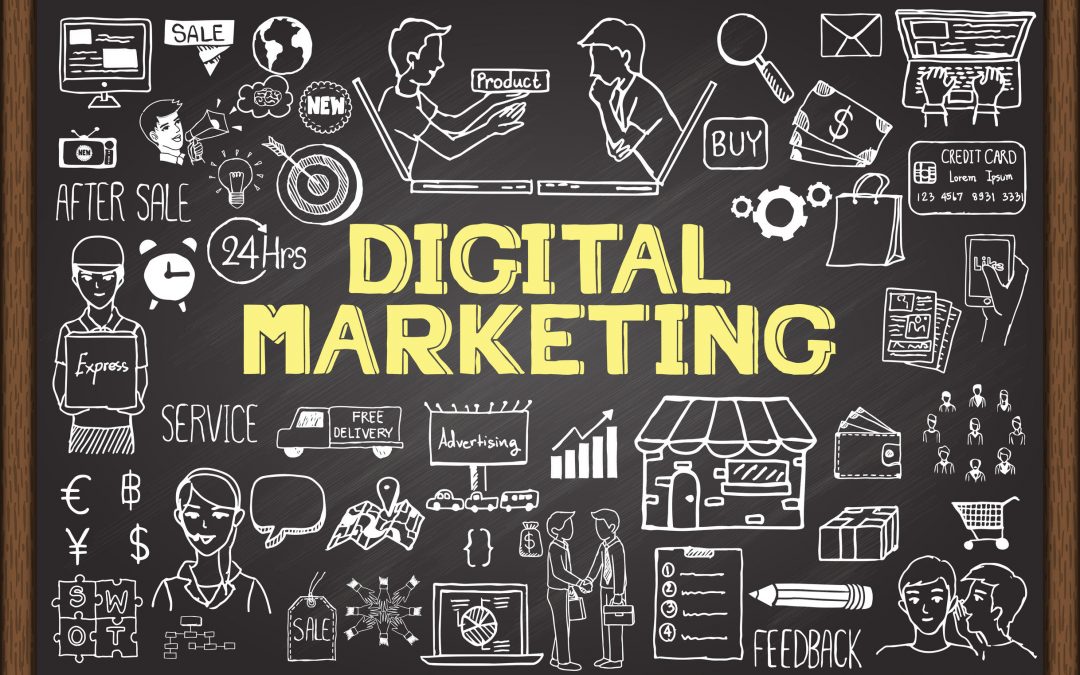Digital marketing can generally be separated into two different categories: inbound marketing and outbound marketing. Both categories include a variety of different disciplines and techniques, but they are separated neatly based on which marketing goals they can help you accomplish. Here, we’re going to look at the differences between inbound and outbound marketing, examples of each, what they do for you, and which of the two is better.
Outbound marketing
Once upon a time, this was simply known as “marketing.” Also called interruptive marketing, this represents the traditional form of marketing such as advertising. Outbound marketing campaigns are disruptive by nature, interrupting the audience’s content consumption. They’re designed to reach out to everybody and seek the customers amongst the audience, to highlight the product or the site’s key proposition, and to drive interest towards the site/product.
Outbound marketing, particularly in the form of advertising, is ubiquitous but it’s difficult to ignore. A great outbound marketing strategy can serve as the perfect first step of the customer lifecycle, sparking an interest where there may have previously been none.
Outbound marketing is getting more targeted and more data-driven in the online world, as well. Pay-per-click ads, for instance, allow websites and businesses to set specific criteria for who they want to target, what geographical locations they want to show ads in, and end what time they want those ads to show.
Many platforms show metrics allowing marketing campaign managers and website owners to understand how successful or unsuccessful certain outbound campaigns are, allowing them to learn from their successes and failures and to make the necessary improvements.
Examples of outbound marketing
Here are some of the most common outbound marketing techniques that allow websites and online businesses to directly target their market in a variety of spaces:
- Pay-per-click advertisements
- Display ads
- Video commercials
- Email marketing
- Press releases
- Direct mail
Hopefully, you’ve got an idea of what outbound marketing is. It’s time to move onto the other side of the digital marketing coin.
Inbound marketing
Relatively new by comparison, inbound marketing (also known as content marketing) is designed to reach those people in the audience already interested in what you have to offer. While outbound marketing might be thought of as “pushing out”, inbound marketing is about “pulling in.”
Inbound marketing is primarily about the clever positioning of well-made content that appeals directly to the audience’s needs, rather than the product or site’s proposition. Unlike outbound marketing, it’s not meant to disrupt their content consumption, but becomes a part of that content consumption.
Inbound marketing campaigns can be seen as less aggressive and more personalized. What’s more, outbound marketing work on a “one-and-done” basis. A single advertisement is paid for and is viewed once, with businesses and site owners purchasing many to get a wider spread of repeat views. Inbound marketing is about the creation of content that can be viewed time and time again.
Effective inbound marketing is about creating specifically-written content that can better appeal to a broader section of your audience. If the content is engaging enough and if it has the educational, informative, helpful, or entertainment value it needs, then the audience will be pulled further into the site and closer to converting.
Examples of inbound marketing
Here are some of the components of an effective inbound marketing campaign:
- Search engine optimization
- Social media marketing
- Blogging
- Content creation
- Opt-in emails
- Influencer marketing
The entire journey of inbound marketing is about creating the content that will effectively help customers move on to the next part of the consumer life-cycle (from interest to purchase to post-purchase) and making sure that its visible enough to catch the interest of those it’s most relevant to.
Which is better?
The question of whether inbound marketing or outbound marketing is better is a tricky one. They both have their advantages and disadvantages. While outbound marketing tends to be shorter-lived and more expensive, it is also more impactful, helping to really drive sales especially in major campaigns around launches, discounts, and the like. However, in a world where the use of ad-blocking software is growing, it’s getting harder to target significant portions of your audience through outbound alone.
Inbound marketing is more cost-effective, it has longer-term effects, and it reaches those most likely to convert, giving them the little push that they need. However, inbound marketing won’t reach any parties who aren’t already interested in your product and it can be slower to see results for that reason.
Choosing between outbound marketing and inbound marketing, as well as which techniques you opt for, is all about figuring out the goals of your website or online business. Most commercial websites will find a careful balance of both, making sure they hit all their bases and don’t leave any gaps in their digital marketing campaign.

